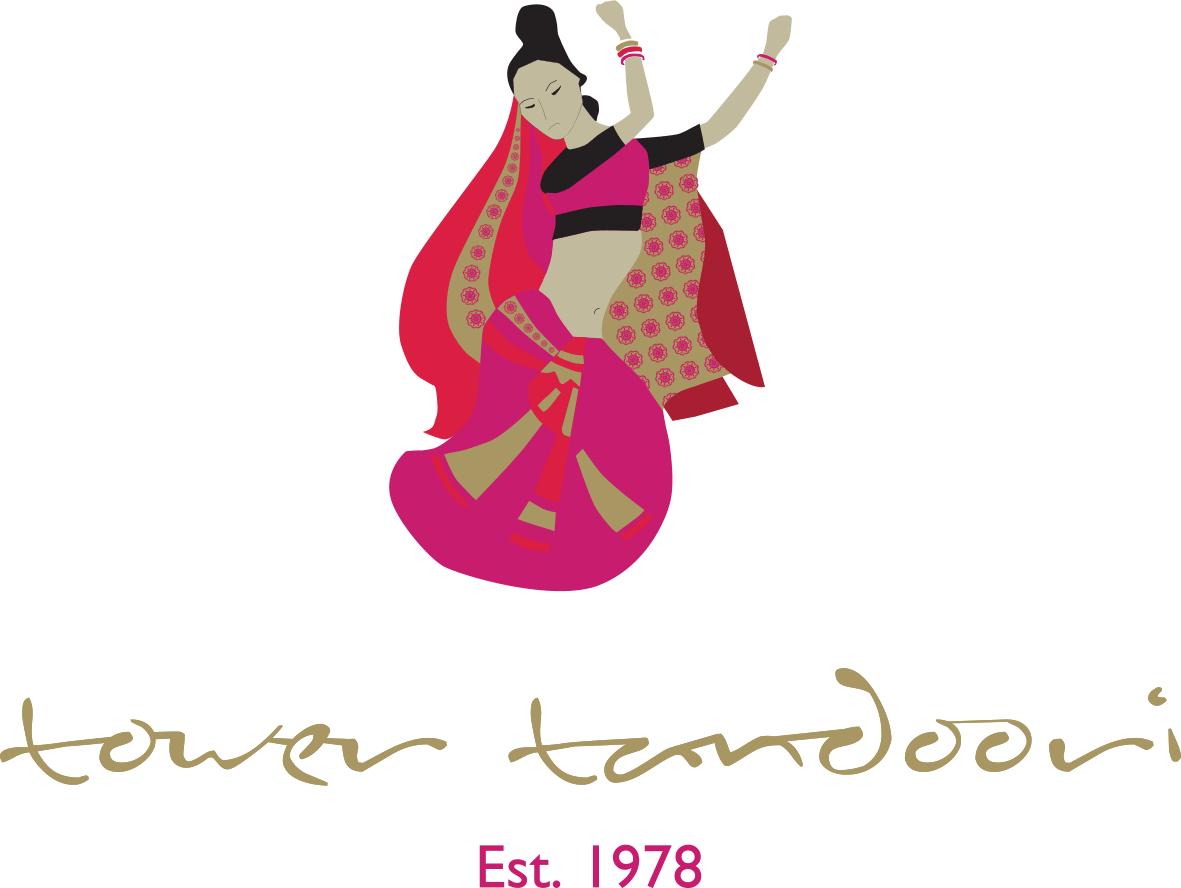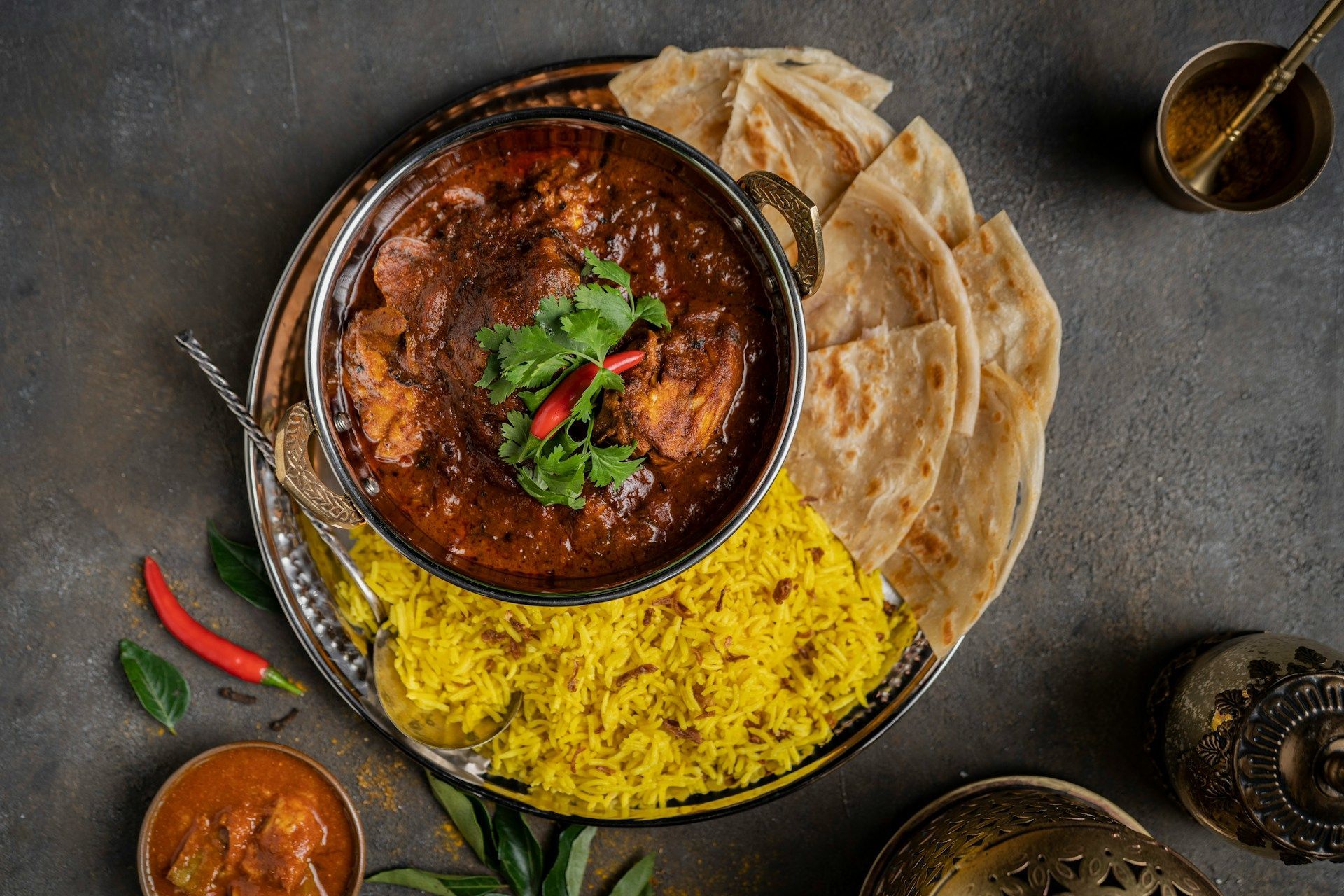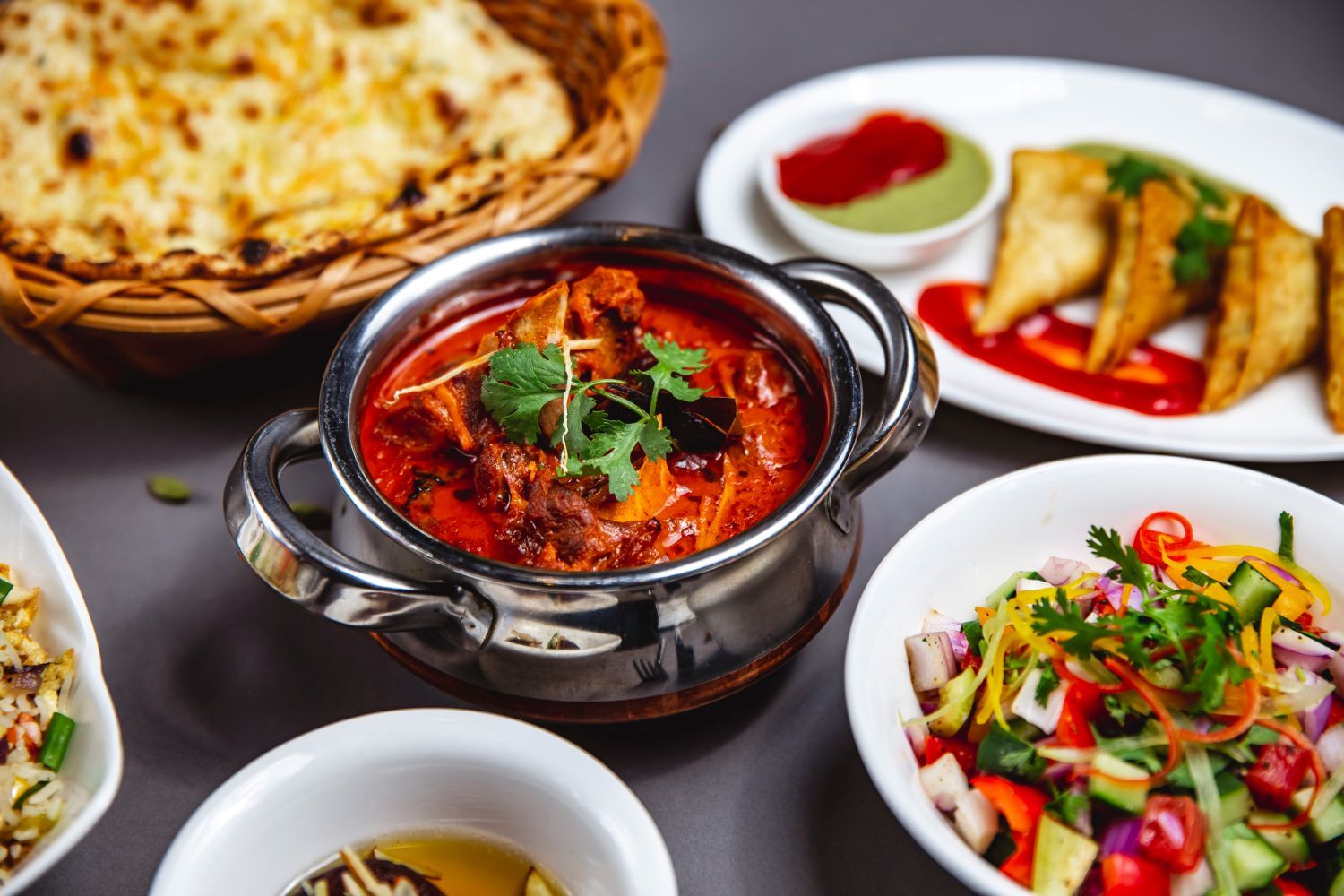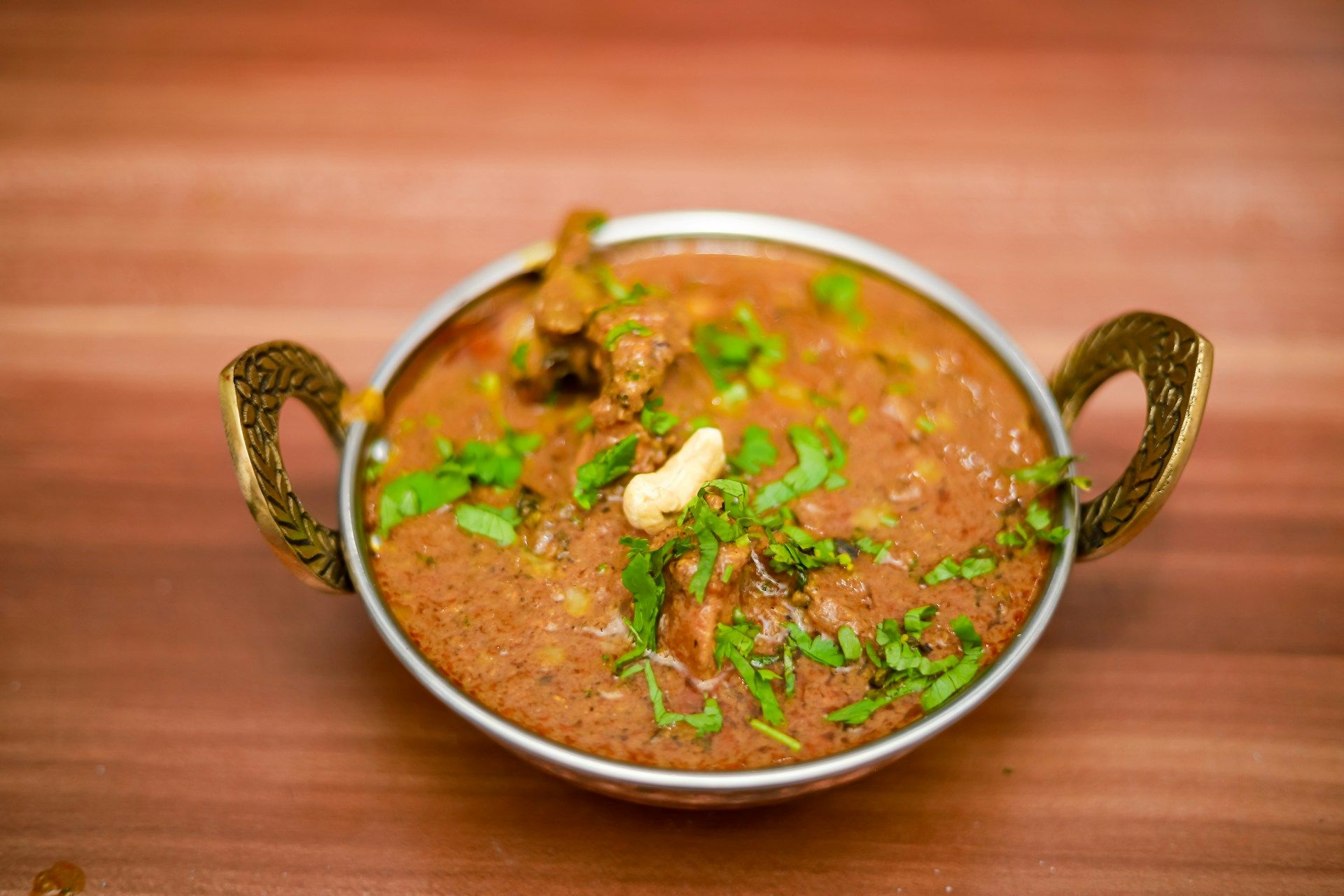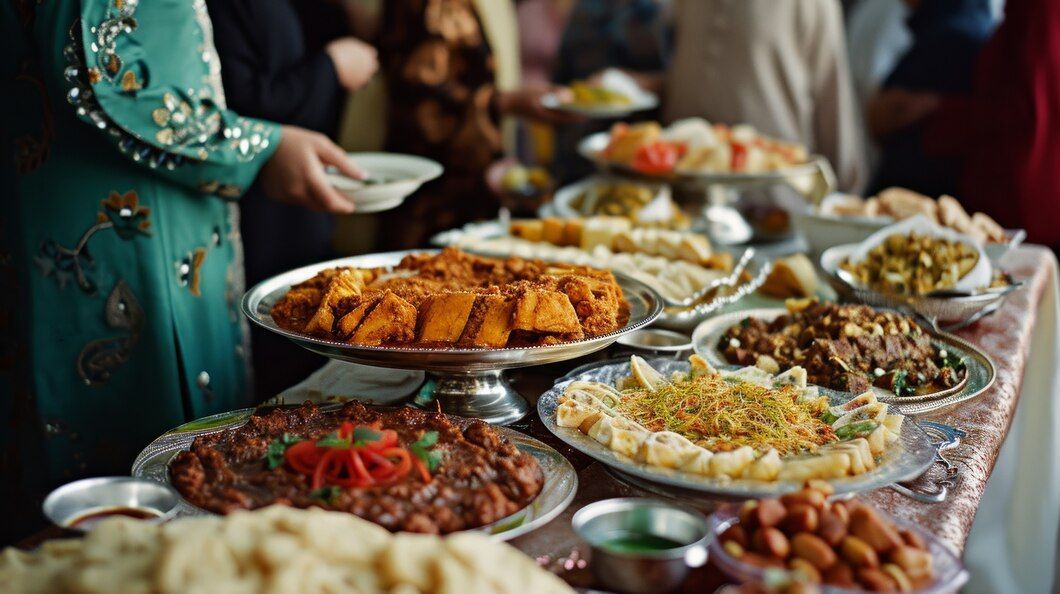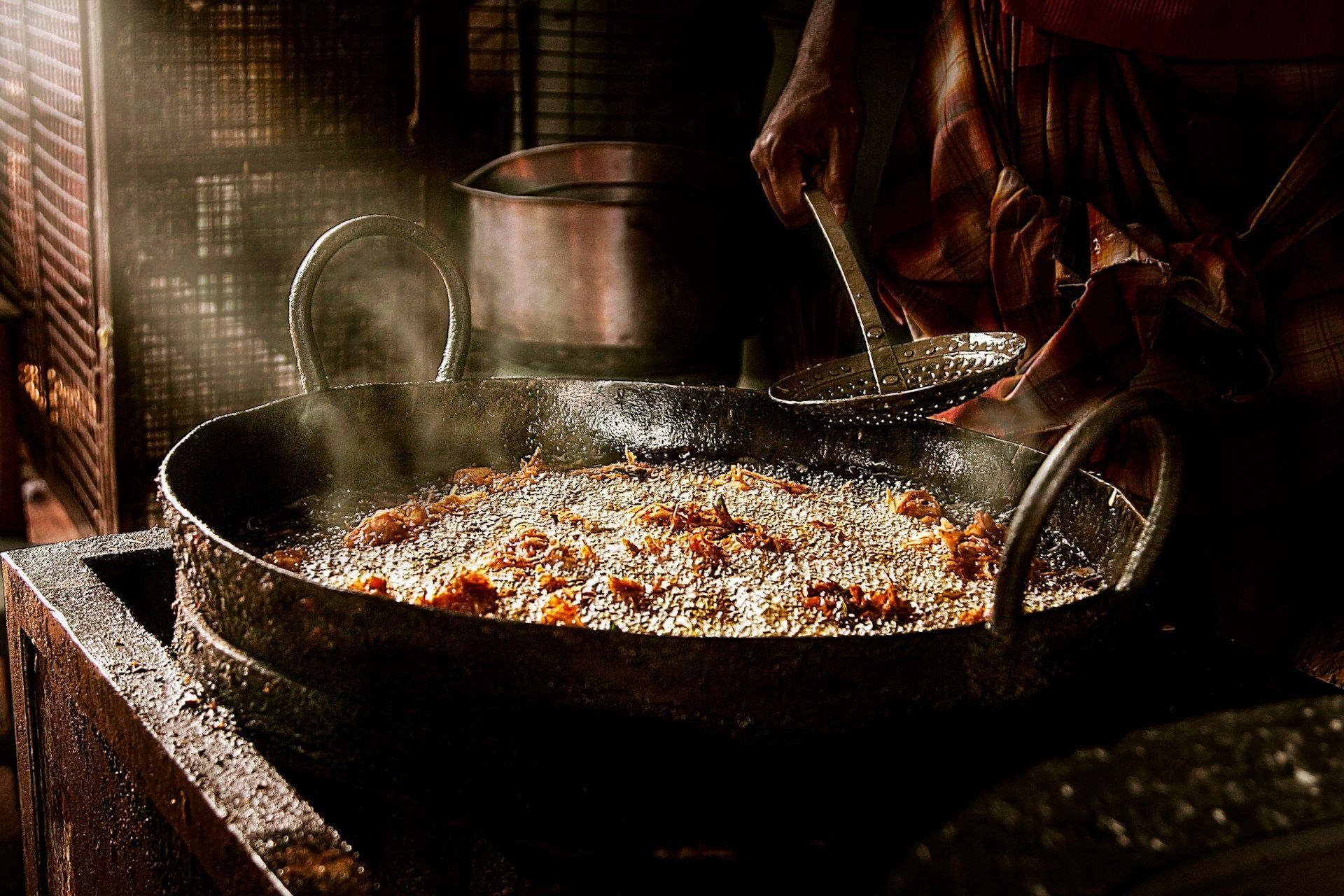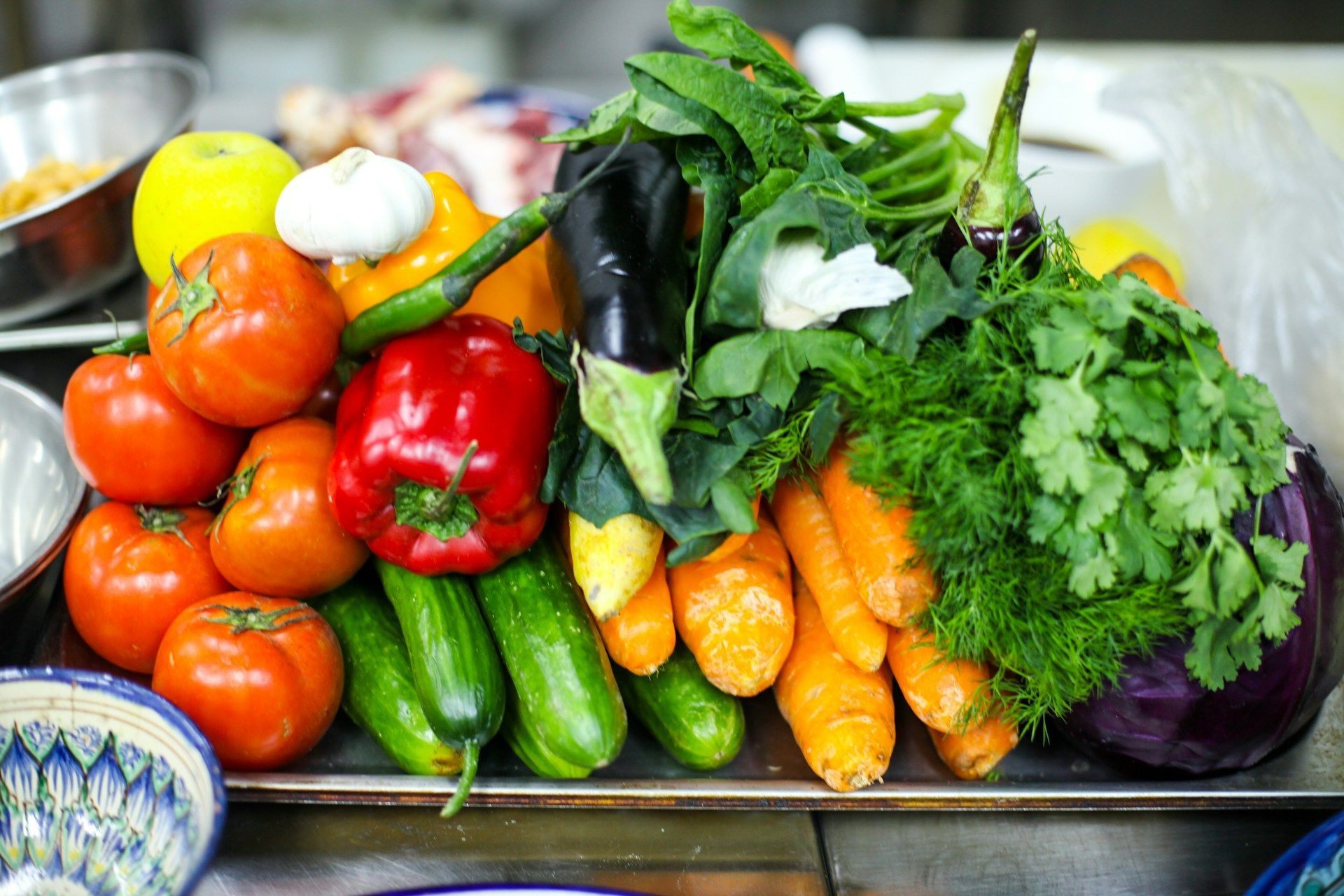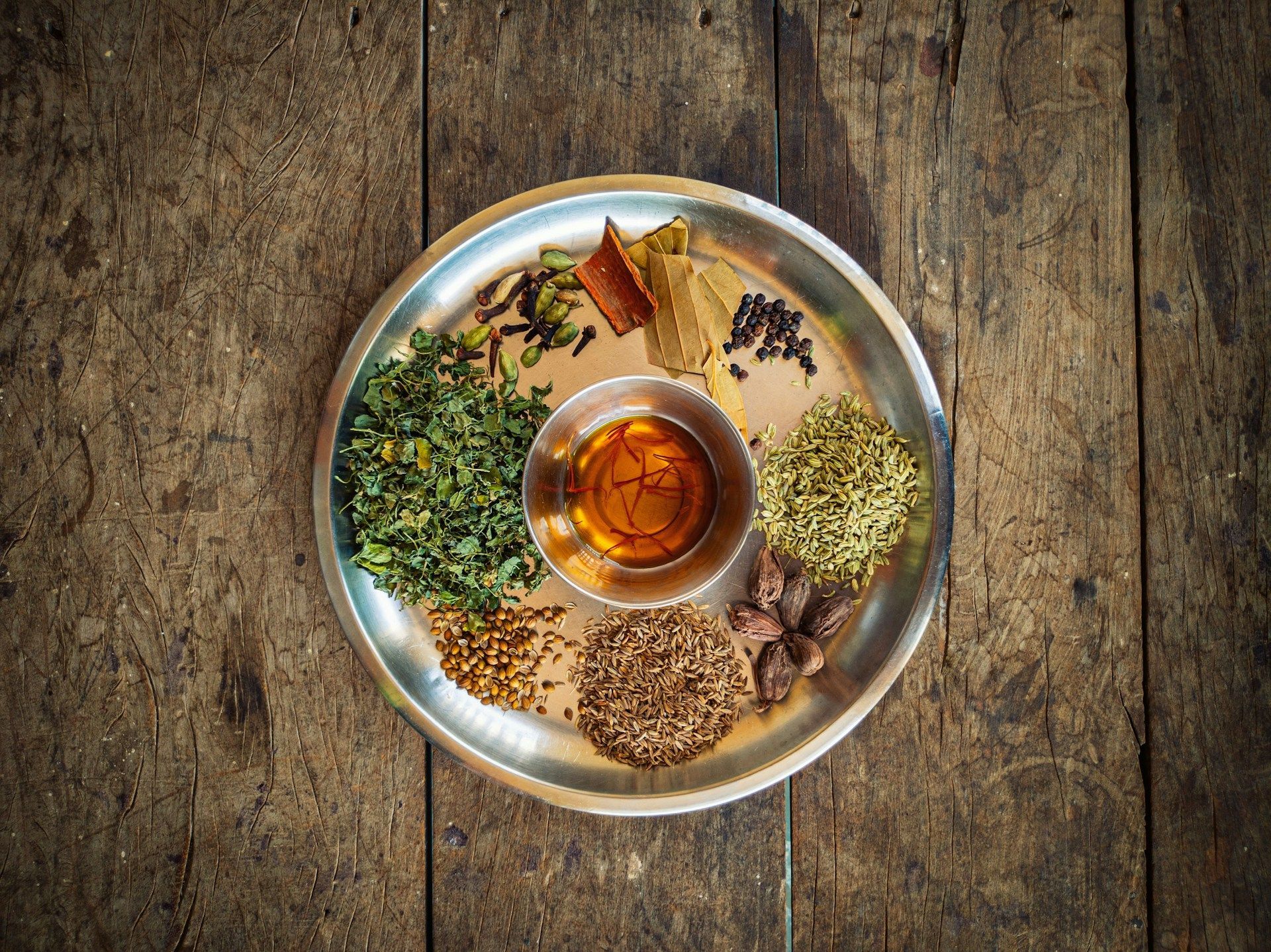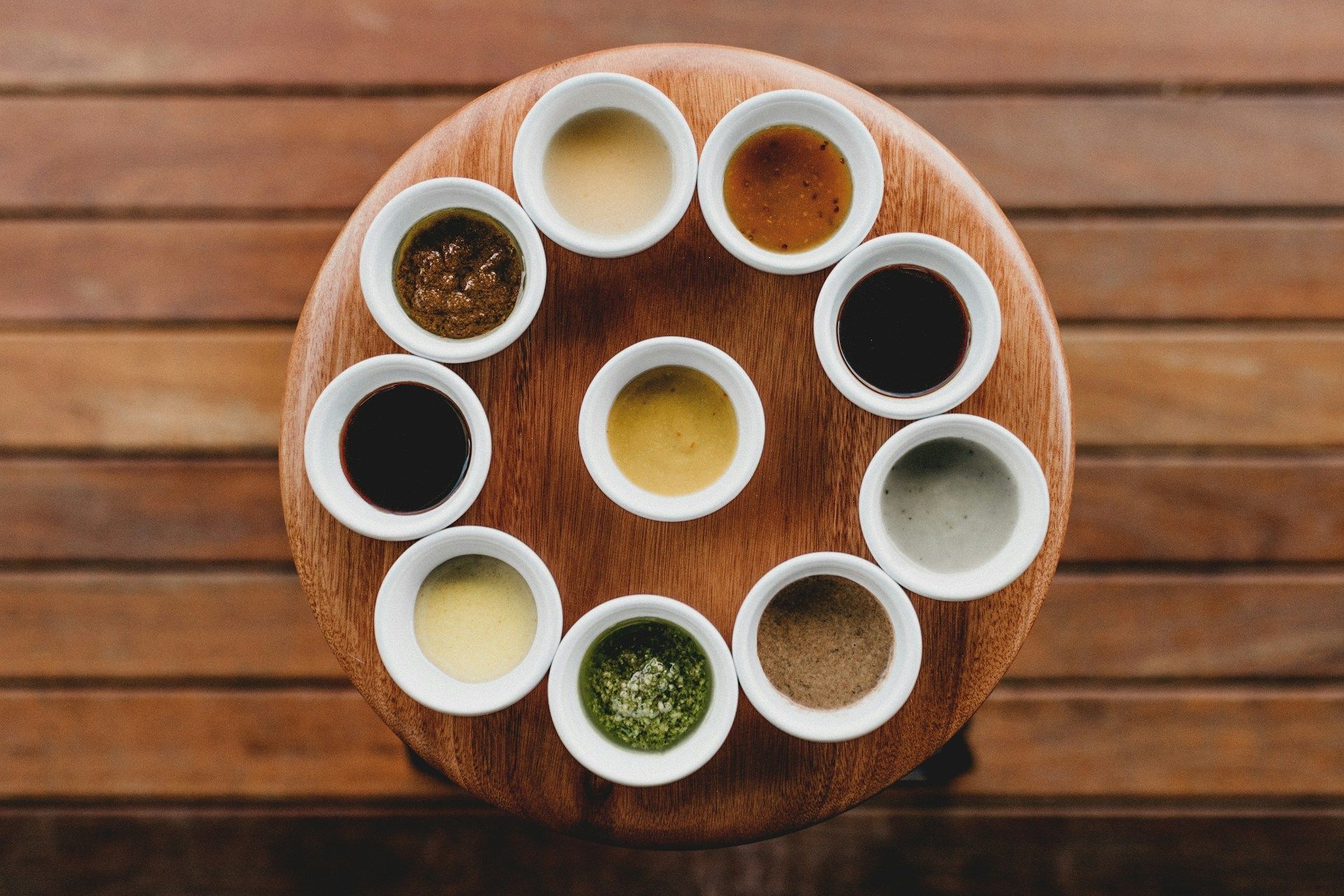Indian Food Traditions: The Different Ways to Enjoy the Cuisine
SUHEL AHMED • 21 January 2021
Every culture has its own way of enjoying its food. The rich history of Indian cuisine is full of wonderful traditions that reflect the changes in social customs, religious beliefs, and even political changes. It also reflects foreign influences that the nation has encountered over its extensive history, most noticeable in how Indians prepare and consume their meals.
Food is sacred and pure to Indians, bearing a prominent presence in our many rituals. Our people have served prasadam at temples and provided indulgent Iftar meals, demonstrating the diverse practices and traditions in our food preparation. Here are some ancient food traditions that have influenced the development of Indian cuisine:
Eating With Your Hands
Eating is an incredibly sensory experience, as it goes beyond taste. The texture and shape of the food you eat must align with its flavours, and the tradition takes this a step further by eating with your hands. The practice is traced back to Ayurveda, emphasising good health and balance. According to the healing system, each finger represents the five elements: the thumb is space, the forefinger is air, the middle finger is fire, the ring finger is water, and the little finger is earth.
Using all five fingers to eat will activate the elements, stimulating the digestive juices in your stomach. Your fingertips’ nerve endings also contribute to this, since you’re feeling your food, effectively telling your stomach that you’re about to feast. You automatically become more aware and alert of the fragrances, textures, and tastes you’re about to experience. This tradition is also widespread throughout other African and Asian cultures.
Enjoying Food Served on Banana Leaves
You know you’re enjoying an authentic Southern Indian dish if it’s served on a banana leaf. Eating meals served on banana leaves is also considered a healthy eating practice, since banana leaves contain large amounts of a natural antioxidant called polyphenols. They improve the taste of meals while adding onto the already delicious aroma emanating from the food.
Banana leaves were used long before metal was produced for dinnerware. They were regarded as much more hygienic to use than wooden utensils. The leaves are also abundant, thicker, and sturdier, carrying dishes like chutneys and curries with ease.
Sharing Food From One Huge Platter
Another tradition of consuming food is eating from one giant platter, called the thal. The meal starts by sitting around the platter and passing the salt to each member. Once everyone has tasted it, the first course, usually a sweet dish, is served, which will arrive on one platter. The whole family must eat out of that same platter while making sure it is always attended. Each dish must sit in the middle of the thal; then the members are expected to take their food share. There must be no leftovers at the end, ensuring that there are enough portions for everyone.
Conclusion
Enjoying the best Indian food in London goes beyond tasting the delicious mix of spices and aromas that the cuisine is so famous for; to enjoy the full experience, it helps to know the history and traditions behind it. Now that you know these traditions, you can experience an authentic Indian meal.
Tower Tandoori is the oldest and best Indian restaurant near London Bridge
that also offers takeaway. We serve authentic delicacies and mouthwatering Anglo-Indian classics that are sure to tantalise your tongue. Check out our menu and place your next order with us today!
